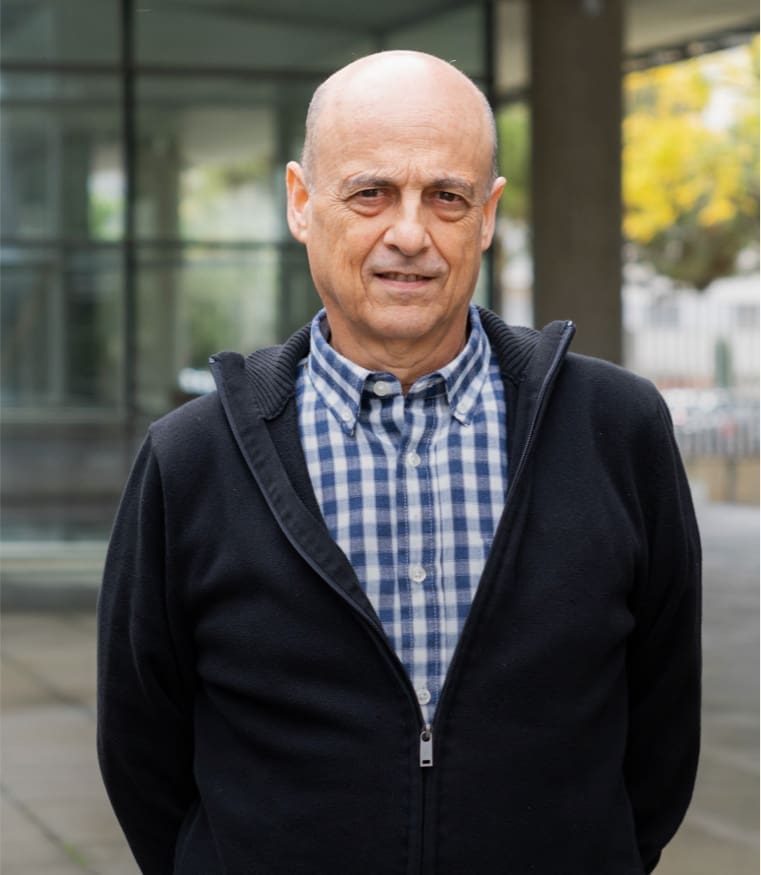Behavior of the Ru-bda Water Oxidation Catalyst Covalently Anchored on Glassy Carbon Electrodes
Electrochemical reduction of the dizaonium complex, [RuII(bda)(NO)(N–N2)2]3+, 23+ (N–N22+ is 4-(pyridin-4-yl) benzenediazonium and bda2– is [2,2′-bipyridine]-6,6′-dicarboxylate), in acetone produces the covalent grafting of this molecular complex onto glassy carbon (GC) electrodes. Multiple cycling voltammetric experiments on the GC electrode generates hybrid materials labeled as GC-4, with the corresponding Ru-aqua complex anchored on the graphite surface. GC-4 has been characterized at pH = 7.0 by electrochemical techniques and X-ray absorption spectroscopy (XAS) and has been shown to act as an active catalyst for the oxidation of water to dioxygen. This new hybrid material has a lower catalytic performance than its counterpart in homogeneous phase and progressively decomposes to form RuO2 at the electrode surface. Nevertheless the resulting metal oxide attached at the GC electrode surface, GC-RuO2, is a very fast and rugged heterogeneous water oxidation catalyst with TOFis of 300 s–1 and TONs > 45 000. The observed performance is comparable to the best electrocatalysts reported so far, at neutral pH.

R. Matheu, L. Francàs, P. Chernev, M. Z. Ertem, V. Batista, M. Haumann, X. Sala, A. Llobet
ACS Catal. 2015, 5, 3422-3429
DOI:
Go to the journal

Let's create a brighter future
Join our team to work with renowned researchers, tackle groundbreaking
projects and contribute to meaningful scientific advancements




















